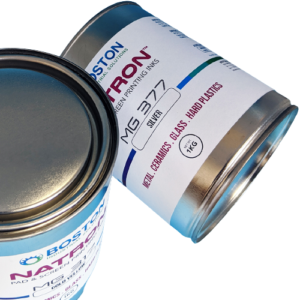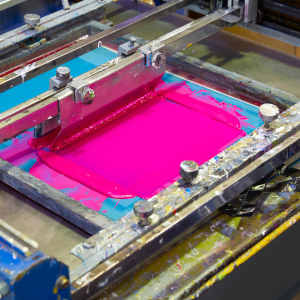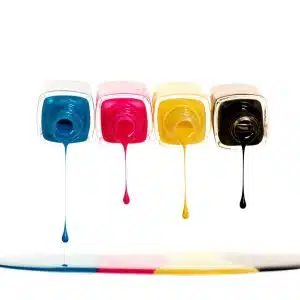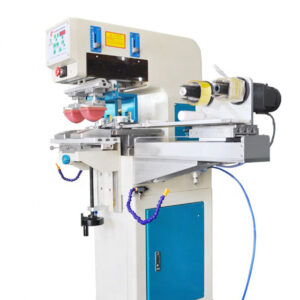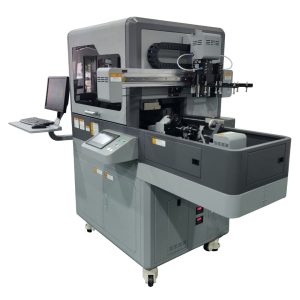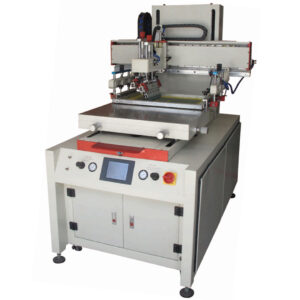Silicone Rubber Primer for Aluminum
Citrine™ CAL-625 silicone rubber primer for aluminum is a two-component primer formulated for over molding liquid silicone rubber (LSR) to aluminum substrates.
Bonding silicone rubber to aluminum is not easy because silicone rubber does not bond well to other substrates. However, silicone is very useful and, when bonded to other substrates, can increase the value and usefulness of aluminum substrates. It is for this reason that we developed CAL-625 silicone-aluminum primer.
Citrine CAL-625 is a high-performance silicone rubber primer that is used to bond LSR to aluminum substrates. It has high bonding strength with the ability to withstand pressure of up to 2 MPa for the lifetime of the product once cured. Additionally, CAL-625 exhibits no air bubbles, which makes it easy for application and use; it has no visible residue after application; and it has excellent stability during application. Apply the primer via dip or brush methods. Additionally, this silicone primer is ideal for use in medical applications because of its inertness, strength, and ability to withstand very high temperatures.
Learn more about our STC 370HP silicone soft touch coating
Citrine™ CA-625 application process
Wipe off any debris and dirt using a lint-free towel, cloth, or dry air. Using alcohol or mild solvents, clean the substrate to remove oils.
Using a weight scale, pour component A into a container and note the weight. Add an equivalent amount of component B into the container. Mix the contents thoroughly and evenly. The silicone primer is now ready for application. For best results, use the mixture within 4 hours.
Applying the silicone primer to aluminum substrate
Apply the CAL-625 using a brush or by dipping the aluminum substrate into the primer. Once applied, use heat to dry and cure the bonded silicone aluminum products. Bake the bonded aluminum products for 15-20 minutes at 110-130 °C (230-300F).
Over-mold the aluminum with liquid silicone rubber soon after applying the primer. This will give the best results. To avoid product contamination, make sure the silicone primer mixture does not come into contact with high temperatures, high humidity, or heavy metals.
Last, use vulcanization with high heat or hot air to bond and shape the liquid silicone rubber (LSR) that hasn’t yet hardened to the substrate.
Learn more about the the Natron™ Silicone pad printing inks.


